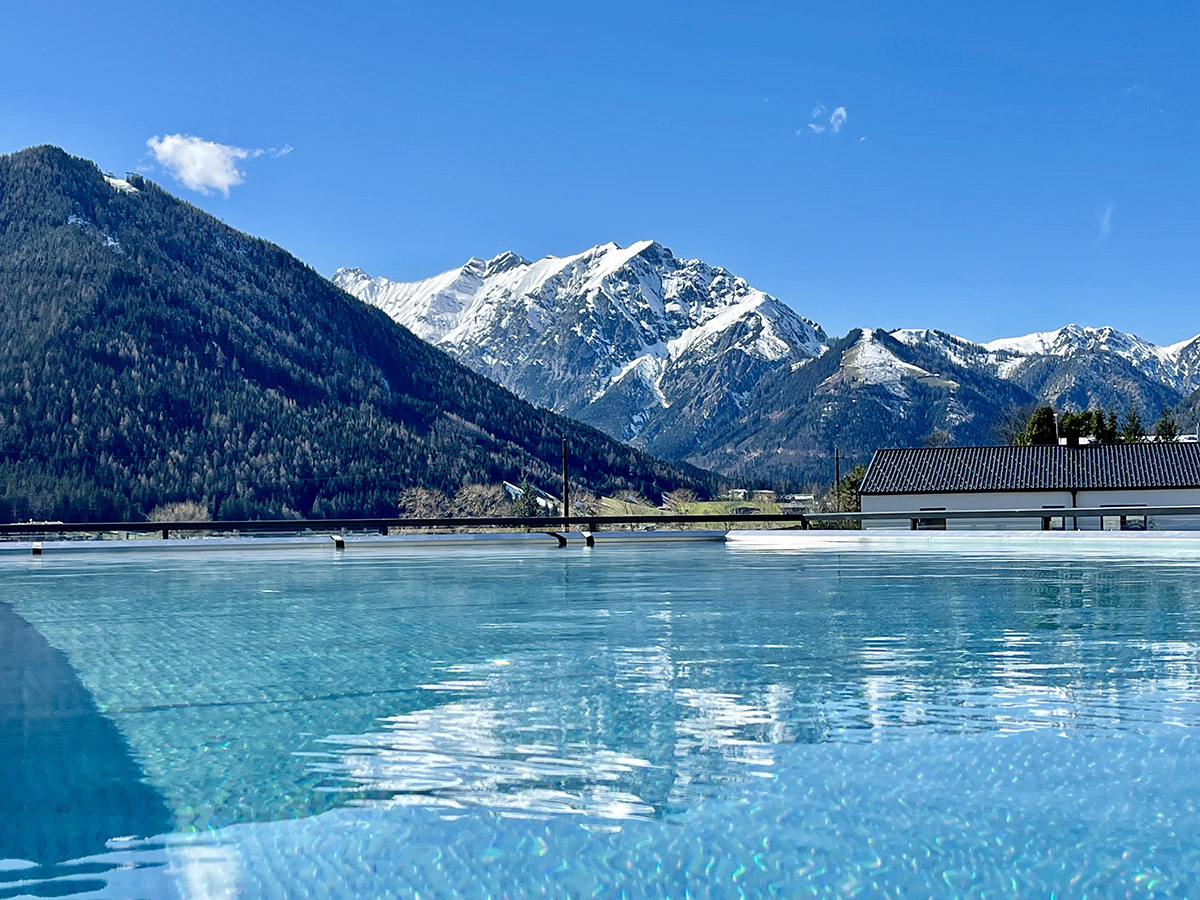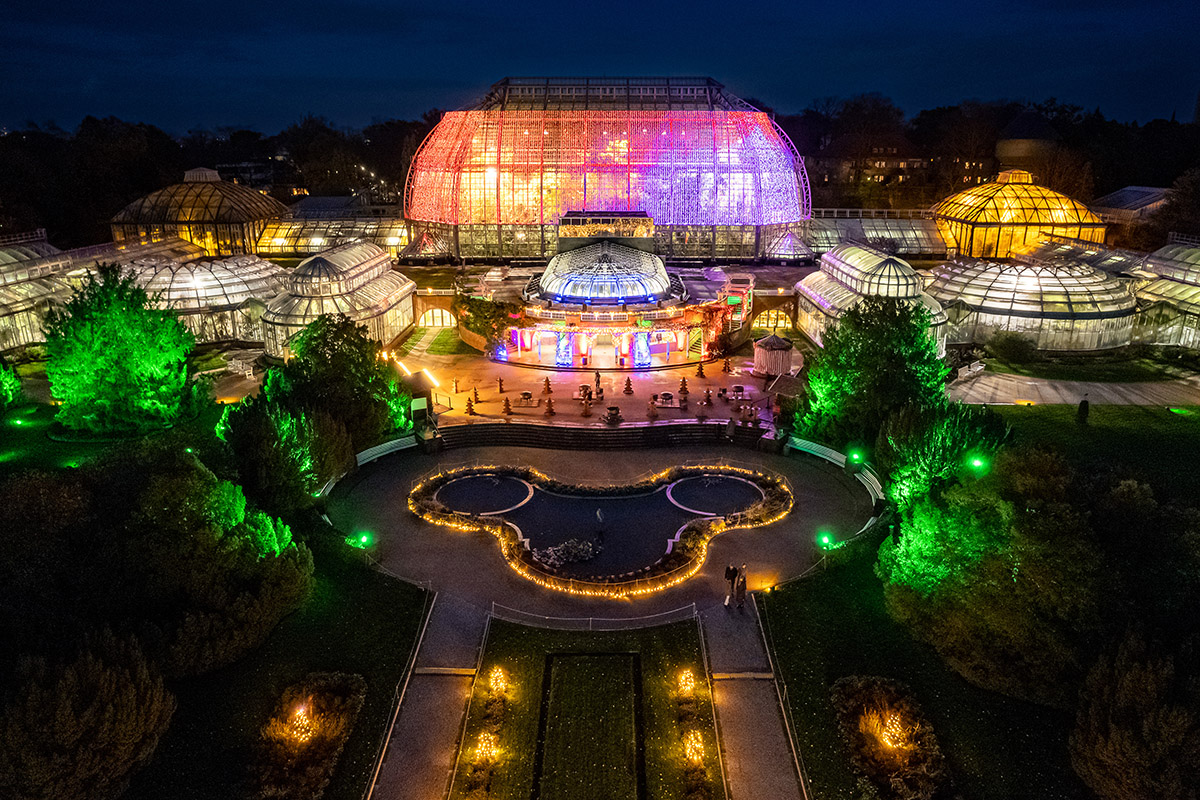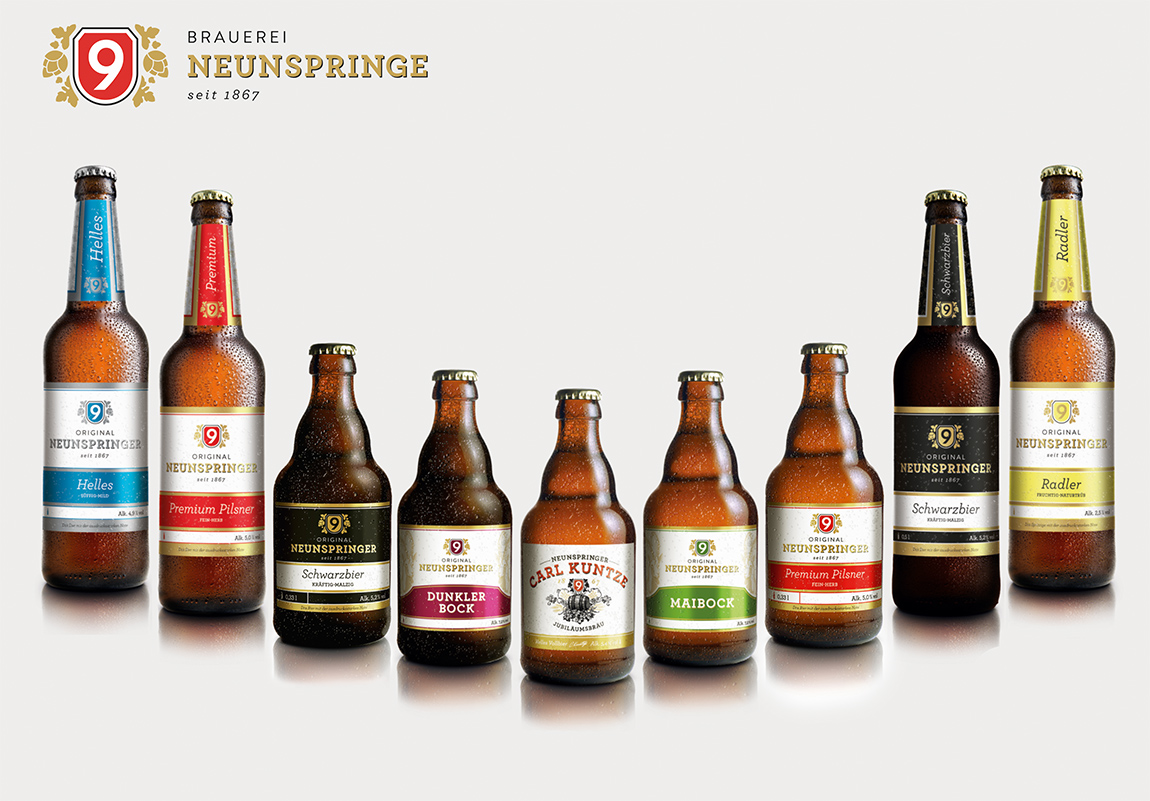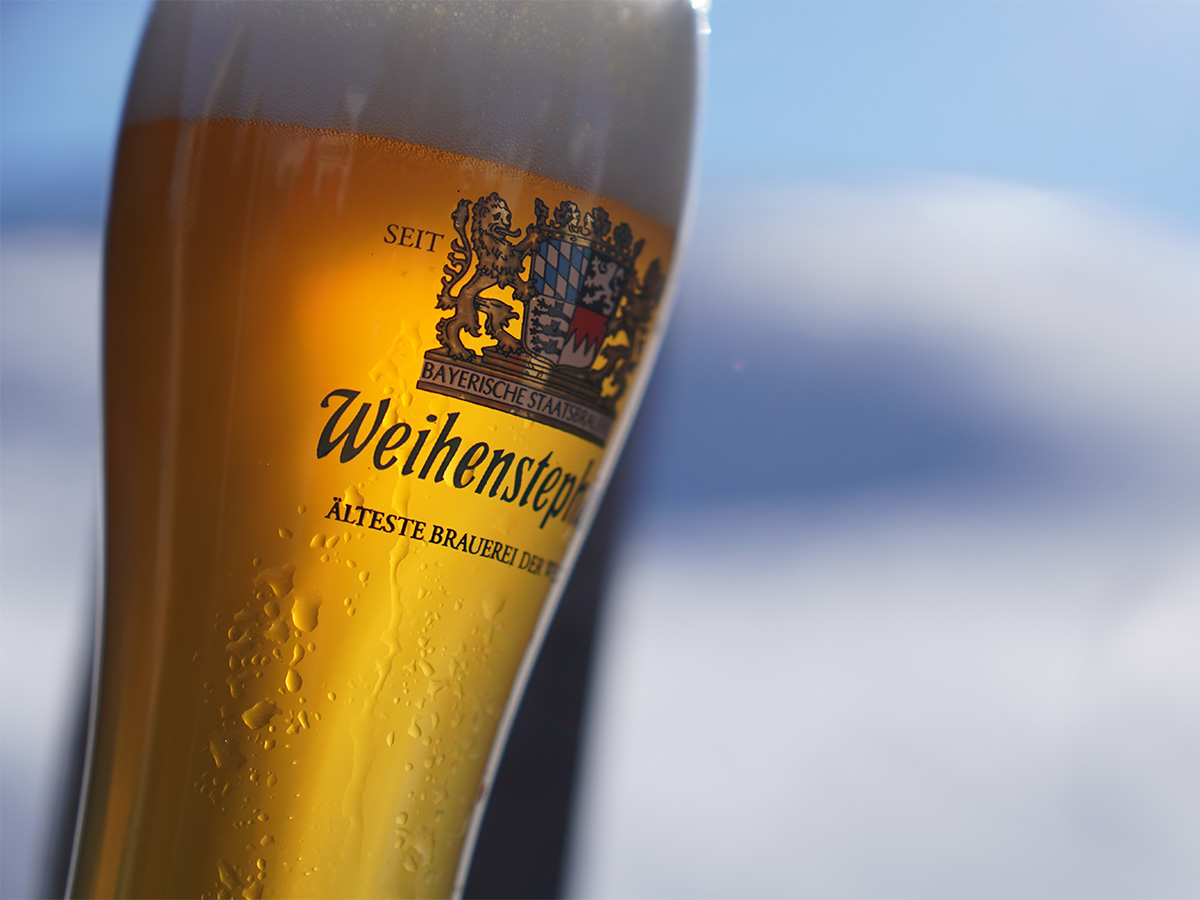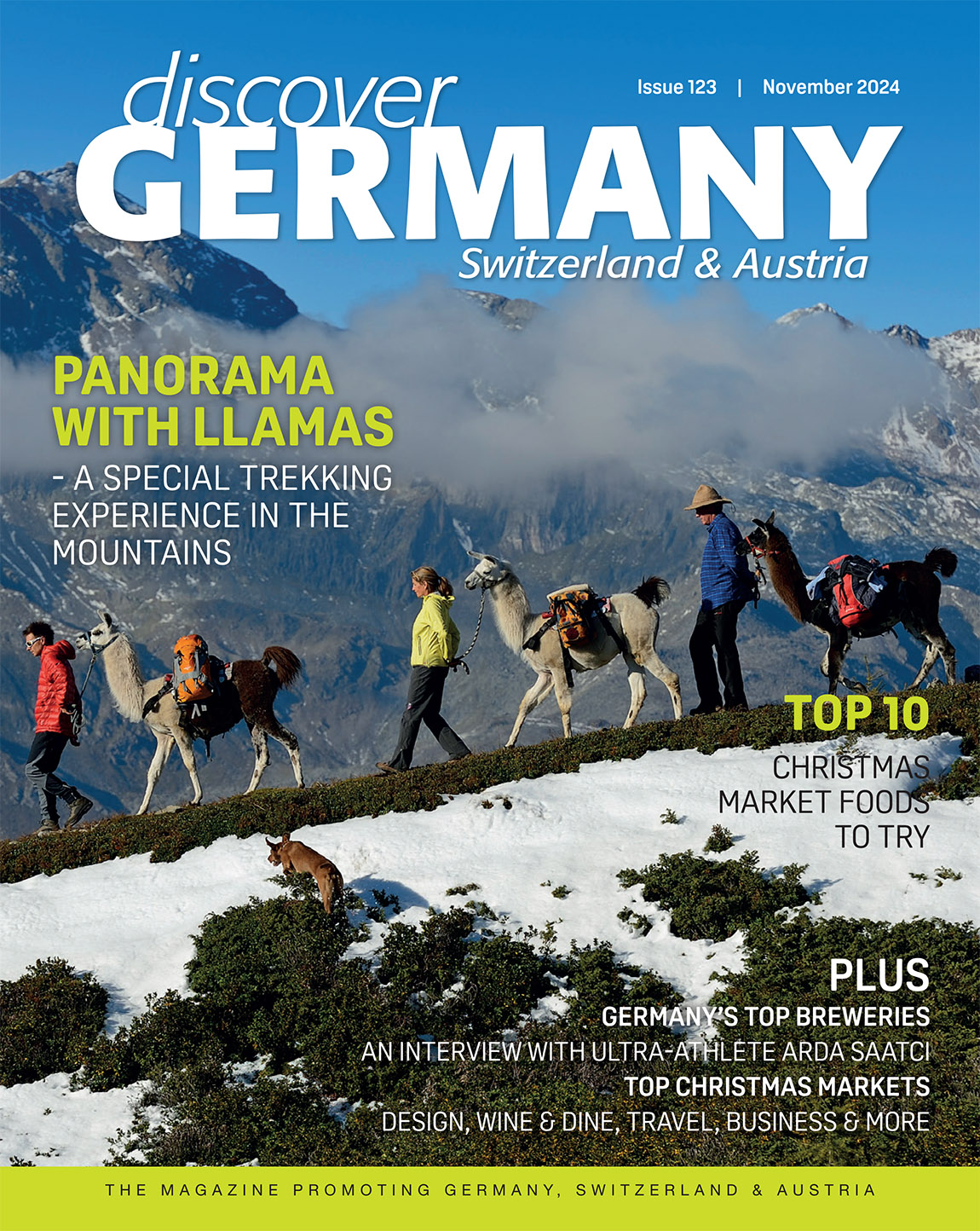Where art, mining history and natural landscape form an entity
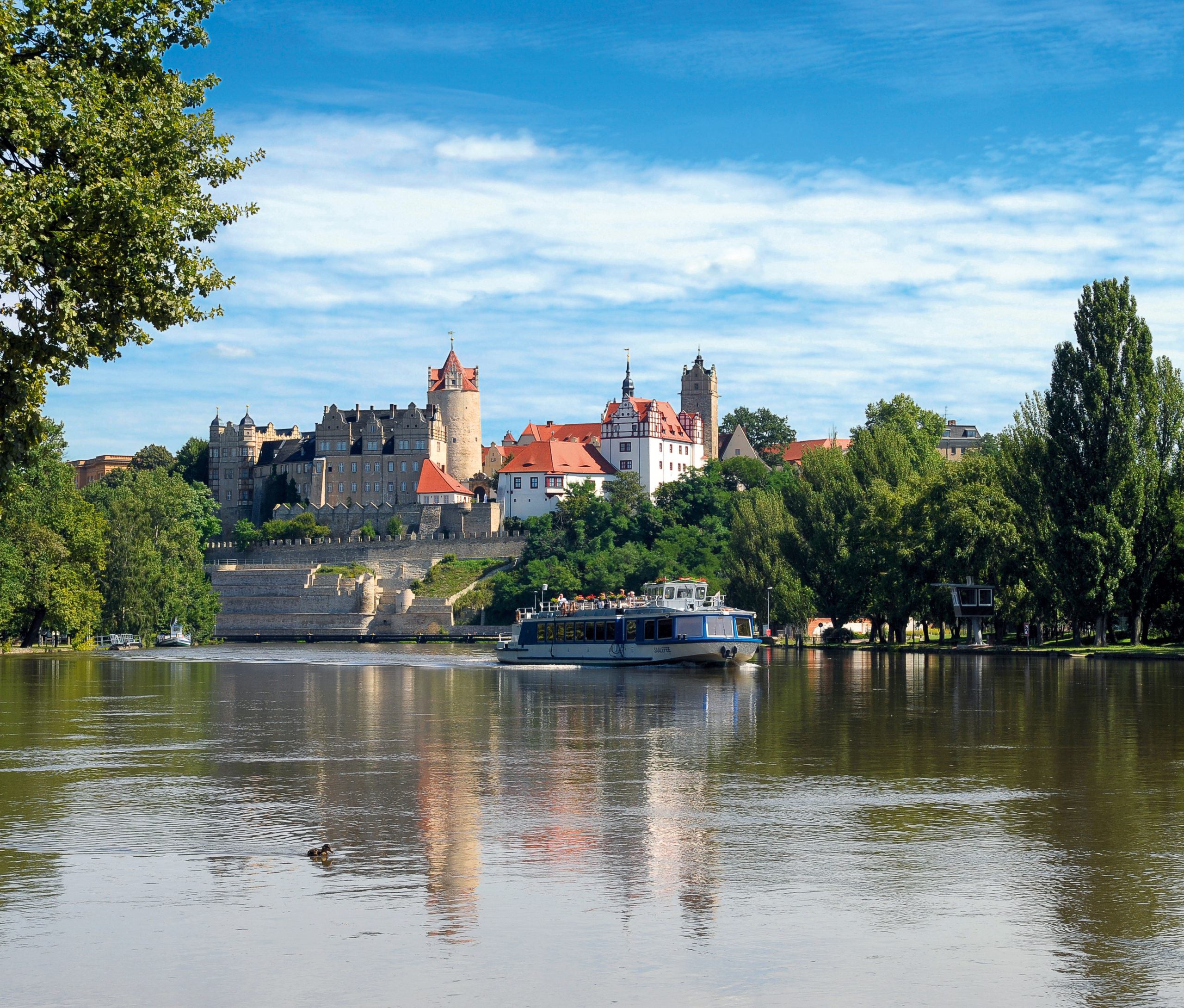
The Salzlandkreis is located right in the centre of Saxony-Anhalt and takes its name from the mining tradition that shaped it. For centuries salt – German Salz – has been produced in the region. Its centre was in Staßfurt where the culture still lives on and can be enjoyed at the beach of Central Europe’s only salt lake. Here the sun shines more often than anywhere else in Germany.
Speaking of the Salzlandkreis’ touristic value one has to mention its outstanding position between the Harz Mountains and the Garden Kingdom of Dessau Wörlitz, between the two cities of Halle and Magdeburg. Especially day visitors will enjoy the calm and beautiful landscape between the rivers Saale, Elbe and Bode, by bike or while paddling with a canoe along one of the rivers.There is something to be found for all age groups, from children to seniors. Pilgrim routes, the Luther route and parts of the Way of St. James, also lead through the Salzlandkreis.
Biosphere reserve Mittelelbe – protected as UNESCO heritage site
A good idea might be a bicycle trip along the rivers Saale and Fuhne on the splendidly constructed bikeways, especially in the morning when only a few people are on their way. In the evening bird spotters might enjoy watching the alluvial forests’ fauna. Where Saale enters Elbe lies the biosphere reserve Mittelelbe, protected as UNESCO natural heritage.The Saale river’s beauty, especially during sunset, can also be experienced when taking an evening boat trip with the Saalefee. The above-mentioned history and tradition of salt mining has also left its impact on the tourism sector. The newly developed “salzige tour” (salty tour) allows you to learn everything about different ways of extracting salt from the ground, from salt work to potash salt mining. The latter is portrayed in an exhibition at the Salzlandmuseum Schönebeck.
Salt city Schönebeck – salt as a spa ingredient
Schönebeck (Elbe) lies at Magdeburg’s doorstep directly at the river Elbe’s shore and therefore is the Salzlandkreis’ northernmost centre. The Salzlandmuseum Schönebeck was founded in 1924 and offered space for archaeological findings and documentations related to the region’s history, until today they are part of the museum’s collection. In 1954 the exhibits were moved into the renaissance town hall in Bad Salzelmen. Today the museum’s collection contains about 60,000 pieces. Above that the healthy aspects of salt come also into play in the Schönebeck district of Bad Salzelmen, where at the spa gardens visitors will find Europe’s longest graduation house. Since 1802 here in Bad Salzelmen brine’s healing powers have been used in soothing baths, hence the classical architecture today featuring the historical setting for modern spa treatments.
Pre-historic settlements and cultic sites
Many ways lead to the Salzlandkreis, for example the historical tour called Himmelswege, marking archaeological sites from the pre-historic era. Findings in Saxony-Anhalt are of international importance, since there once was a significant pre-historic centre. In spring 2016 a circular earth work from the early Bronze Age in Pömmelte-Zackmünde, also called eastern Germany’s Stonehenge, will open to the public. Later, during the early Middle Ages, Romanesque architects left their traces, building churches and cloisters in the surrounding areas. Today the Straße der Romanik, the road to Romanesque heritages, leads along the most important achievements of this time, for example in Frose, Bernburg, Nienburg, Pretzien or Hecklingen. Saxony- Anhalt’s oldest city Aschersleben tells about the region’s historical importance as well: the massive town fortifications have been preserved until today.
With the Grafikstiftung Neo Rauch, exhibiting the modern artist’s work, Aschersleben is also a cultural hotspot. Other remnants of history are the many castles along the Saale. The castle in Bernburg for example was first mentioned in 961 and had been home to the dukes of Anhalt-Bernburg. Rebuilt and extended over many centuries, today the impressive building displays features from various architectonical epochs.
From around the same time comes the water castle Egeln, once residence of the mighty Ascanian house. Castle Freckleben, Gänsefurth, Plötzkau, Schneidlingen, Hohenerxleben, Wilsleben, Barby and Hecklingen are other names to be mentioned in this context. But the area is not only a good place for holidays but living and working as well. Whoever lives in the region profits from a landscape that has recovered its natural beauty especially since the German reunification 25 years ago. Villages and cities have been redeveloped and while the Salzlandkreis itself offers calm surroundings, the region is well connected to bigger cities.
Text: Jessica Holzhausen | Photos: Press images
Subscribe to Our Newsletter
Receive our monthly newsletter by email
